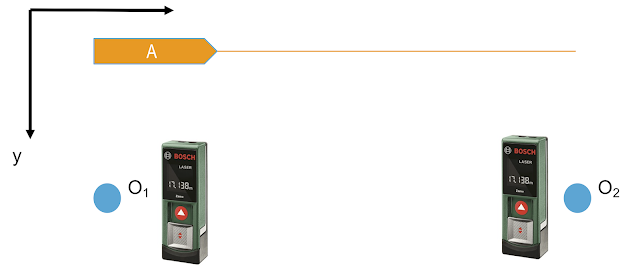End of Life of the Nayif-1

At DopTrack, we listen to the radio transmission of many cube-sats. One in particular, The Nayif-1 (NORADID: 42017) had captured our attention. The onboard radio was claimed to be very stable and its transmission frequency could be used for tracking purposes. So, we decided to track that satellite and recorded its transmission every time it flew over Delft, since 2019. The transmission seems to be very consistent and strong and it gave use a great dataset to assess the quality of DopTrack. Recorded transmission frequency of the Nayif-1 satellite using the DopTrack station. The onboard frequency of the satellite showed a small linear drift over the years. In the 3.5 years we tracked it, the transmission frequency increased 40 Hz. Furthermore it showed some seasonal change and morning and evening passes showed slightly different transmission frequencies, but the stability was much better compared to other cube-sats we tracked. After the summer holiday, we noticed that the signal was no




